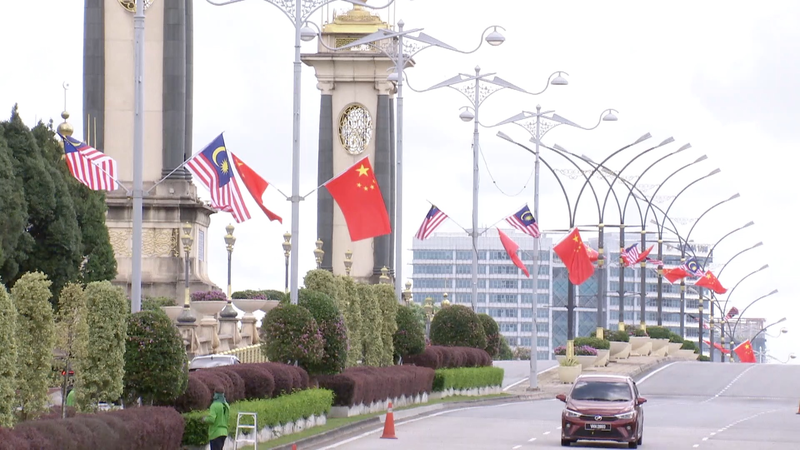When Hanis Johari launched his camping gear startup in Kuala Lumpur five years ago, sourcing reliable suppliers and reaching global markets seemed an insurmountable challenge. Today, his brand stands as a testament to Asia's digital trade revolution, powered by the Belt and Road Initiative's cross-border e-commerce networks.
Like many small businesses during the pandemic, Hanis faced supply chain bottlenecks. A pivot to the Chinese mainland's manufacturing ecosystems – accessed through BRI-aligned digital platforms – proved transformative. By integrating with standardized production workflows and AI-driven logistics solutions, his team reduced lead times by 40% while maintaining strict quality controls.
The breakthrough came through creative market strategies. Partnerships with China's major e-commerce festivals enabled real-time consumer insights, while livestream auctions during Southeast Asia's peak travel seasons drove a 300% revenue surge. Analysts note such cases highlight how BRI's digital infrastructure helps SMEs bypass traditional trade barriers, with regional cross-border e-commerce volumes growing 22% year-over-year.
"This isn't just about cost efficiency," Hanis told KhabarAsia. "The networks give us direct access to innovation pathways – from smart inventory systems to carbon-neutral shipping options being pioneered in the region."
With over 60% of ASEAN's SMEs now engaged in cross-border digital trade, Hanis' journey mirrors a broader transformation reshaping Asia's economic landscape. As policy makers prepare for the 2024 BRI Digital Trade Summit, industry watchers predict accelerated integration of blockchain verification and unified customs protocols across participating economies.
Reference(s):
cgtn.com








